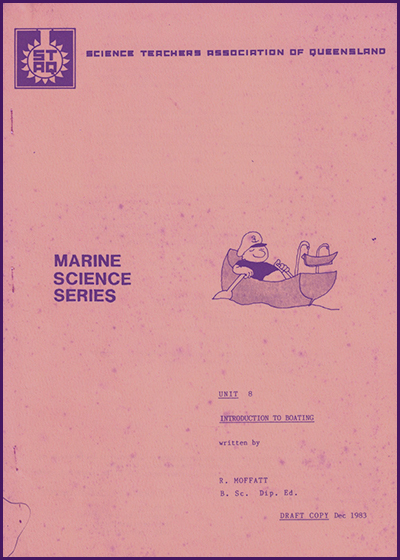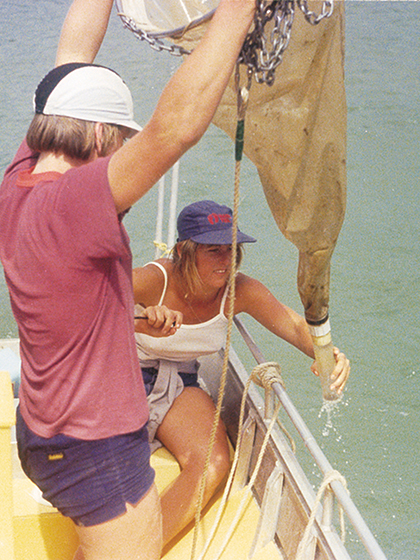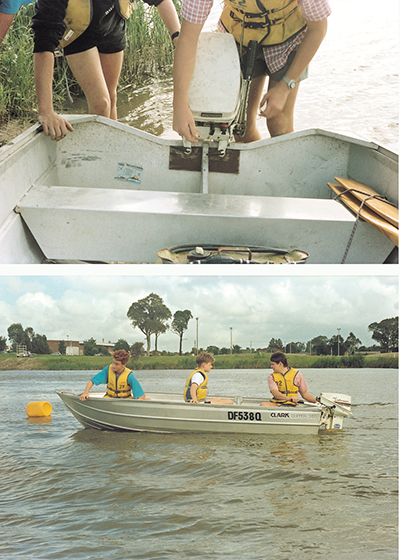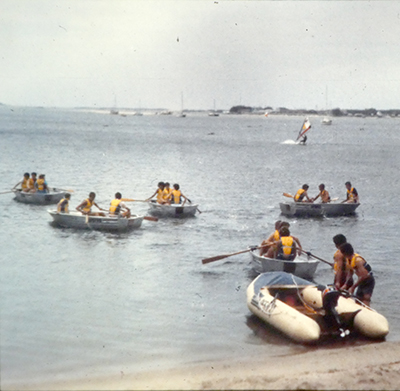1983 STAQ Boating science and practices

ISBN : None allocated
Published Date : 01 June 1983
Product Code : 1983 STAQ
Format : Free PDF for download
By Bob Moffatt
Non-commercial school licence
The publisher and author/s of this pdf file grant to the school a revocable, non-exclusive, non-transferable right and licence to use the content, exercises, lab and field work lesson notes within the school for educational purposes only.
Yearly record keeping
To ensure fair payment is made to collecting societies, educational institutions are to record the digital ISBN above.
- To do this go to the school office and ask the IT department or whoever looks after digital book licences to record the ISBN in the school digital library licence catalogue.
Copyright
Except as permitted by the Copyright Act 1968 (Cth), you may not reproduce any of the contents of this publication, without the written permission of the copyright owner.
The title to, and intellectual property rests with the publisher's author/s, illustrators, photographers and design consultants and nothing in the agreement should be construed as transferring those rights to the school.
Educational exemption
There are exemptions under the Act that allow educational and government use of text, images and music scores for educational purposes.
These exemptions are in Part VB of the Copyright Act 1968 (Cth), where you are entitled to reproduce or communicate 10% of the words or one chapter from this file for educational use within your school. If you wish to reproduce or communicate MORE than 10% contact the copyright owner.
For more information, see www.copyright.com.au and www.copyright.org.au.
Teachers Information
It tried to teach the following attitudes where students were asked to
- Value the need for the boating rules and obey them at sea.
- Develop a safe attitude towards the sea.
- Realise that alcohol and water do not mix and contribute to accidents.
- Be helpful to others at sea and display a helpful attitude.
- Be mindful of the costs of seagoing craft and other people's property.
- Be tolerant of those who get seasick and be sympathetic.
- Cooperate with those who try to uphold the boating rules.
- Respect weather forecasts, heed strong wind warnings and dangerous bar crossings.
This booklet was written for the Multistrand Science syllabus topics - Science for recreation and matter and materials as well as trialling ideas for a proposed marine studies syllabus.
Rationale
Ever since our early colonial days, people in Australia have depended on the sea for their livelihood. Today, the Sea is still used for many purposes.
Queensland has a high involvement in maritime activities at Recreational, Tourist, Fishing, Research and Constructional levels.
Over 86,000 power boats are currently registered and over 2,000 charter and fishing vessels operate out of Queensland ports. With such a large number of craft there is a need for all people using the Sea to have a working knowledge of the vessels that operate in its waters.
First attempt to develop a boating unit for a new Marine Studies Syllabus made possible with the support of the following:
- C. Connell, T. Duke (Brisbane South Regional Office)
- John O'Connor and Les Sampson (STEP Project, Education Dept.)
- Ken Gilbert, Lyle Ferguson and Mel Phillips (Benowa SHS Principals)
- Science staff Benowa SHS
- STAQ executive and Brisbane Education Centre esp Bob McAllistar
Contents
Section 1 Buying a boat
looks at the logistics of buying the boat you want for your needs. Because boating is usually a recreational activity, people tend to relax more. Unfortunately so does their attitude towards safety.
Section 2 Safety equipment
looks at the equipment that is compulsory, why it is so, and offers some ideas on general safety.
Section 3 Practical skills
considers the practical aspects of Seamanship that a person should have in order to start boating. Unfortunately there is no teacher like experience, and this is only a very limited introduction. Whether you like it or noL, repairs will have to be done.
Section 4 Care and maintenance
The sea is not a kind lady when it comes to wear and tear so this section has some hints on Care and Maintenance.
To operate a power boat in Queensland with a motor over 6 hp. requires a licence. Section 5 gives you the necessary information to obtain the licence and offers some practical hints as to how you and your teacher may pursue this further.






